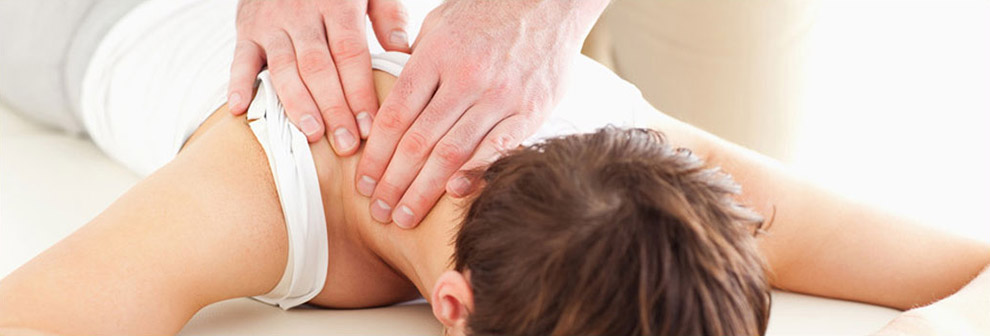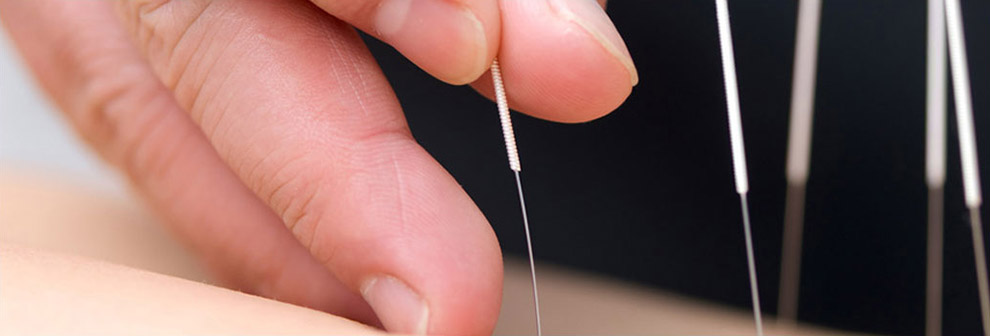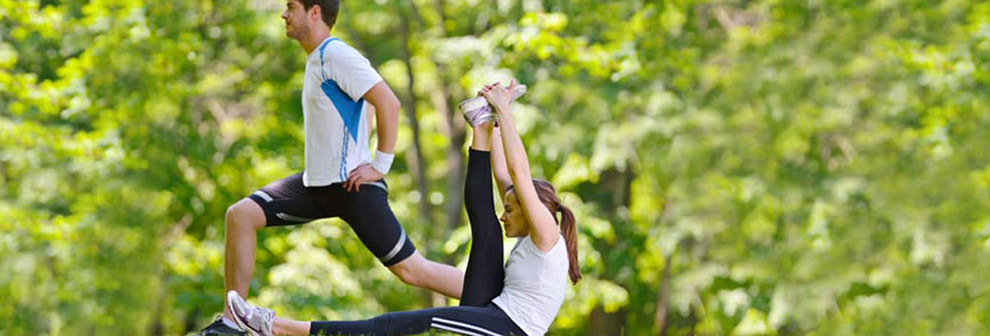Physical therapy in Elko for Exercise
Mind/body exercise is thriving in the fitness industry. More than 18 million Americans practice yoga and/or Tai Chi, while some 10.5 million Americans perform Pilates. Why has this format of exercise boomed? Some speculate that ever-rising stress levels from work, family and other obligations have fueled the need for a calming activity that also provides health and fitness benefits. So what is mind/body exercise? People define this practice in many ways. For some individuals, creating a kinesthetic awareness (understanding where your body is in space during movement) is sufficient enough. However, for others, a spiritual component is important. In these formats, spirituality does not equate to religion but the gaining of a deeper level of consciousness. A number of experts believe that while some participants may enjoy the physical benefits of the movements immediately, they may not reach the spiritual elements for some time. This article highlights just a few of the many types of mind/body exercise.
Pilates
Joseph Pilates, the creator of the Pilates method, began developing his exercise system in Germany in the early 1900s. After immigrating to the United States in 1926, he opened the first official Pilates Studio® in New York City. The aim of the Pilates method is to produce integrated movement of the body as a whole, working from the core to create stability, and progressing to the periphery or extremities to enhance mobility. In Pilates, the core is defined as the "powerhouse," which consists of the abdomen, buttocks, thighs and lower back. Originally embraced by the dance world, the Pilates method is now practiced by athletes and the general population. In recent years, the Pilates method has come to the forefront of the fitness industry, in part due to a landmark court decision allowing the use of the Pilates name free of trademark restrictions. On Oct. 20, 2000, a U.S. District Court Judge ruled that Pilates, like yoga and karate, is a type of exercise, not a trademark, opening the door for Pilates-based practitioners, instructors or equipment manufacturers to legally promote the Pilates method in advertising materials. It is currently one of the fastest-growing exercise trends in health and fitness facilities. The benefits of Pilates are purported to include increased kinesthetic awareness, improved posture, stability and coordination, as well as enhanced balance, flexibility and strength. This activity can be performed on a mat or specialized equipment such as reformers.
Yoga
Yoga is a very popular activity within the fitness industry. Yoga translates as “yoke” or “union,” describing the integration of mind and body. The practice of yoga is a beneficial form of relaxation therapy and it has also been found to support positive lifestyle changes may decrease coronary artery disease risk factors. There are many forms of yoga, but the most popular of the disciplines in the United States is hatha yoga, which focuses on asanas (postures) and breathing. Hatha yoga formats range from very vigorous, such as ashtanga yoga, to more gentle and meditative forms. You do not have to be extremely flexible to participate in a yoga class, and props such as blankets, straps and blocks may be used to assist you in the asanas.
Gyrokinesis® or Gyrotonic® Exercise Gyrokinesis® and Gyrotonic® exercise was created by Juliu Horvath more than 25 years ago after injuring himself as a professional ballet dancer. In this form of exercise, fluidity of movement is paramount. During a Gyrokinesis® session, the body is taken through seven types of spinal movement: bending forward, extending backward, side-arching left and right, twisting left and right, and moving in a circular pattern. Sessions begin on low, padded stools, continue on the floor and close with participants standing. Gyrotonic® exercise permits the participant to stretch and strengthen muscles, while concurrently stimulating and strengthening connective tissues in and around the joints of the body. The main difference between Gyrotonic® exercise and Gyrokinesis® is the use of equipment. Gyrotonic® exercises are performed on equipment while Gyrokinesis® exercises are not. Benefits of this form of exercise are purported to include improved flexibility and balance as well as muscle strength, and increased overall flexibility and mobility in joints. Much more research is needed in this growing form of exercise to document its benefits.
In Closing
Mind/body exercise is an excellent way to observe gains in your fitness level as well as your mental health. You can find these types of classes at your local fitness centers, YMCAs, senior centers, etc. When trying a new mind/body class, be open to new experiences and give your mind and body a chance to enjoy the exercises.







